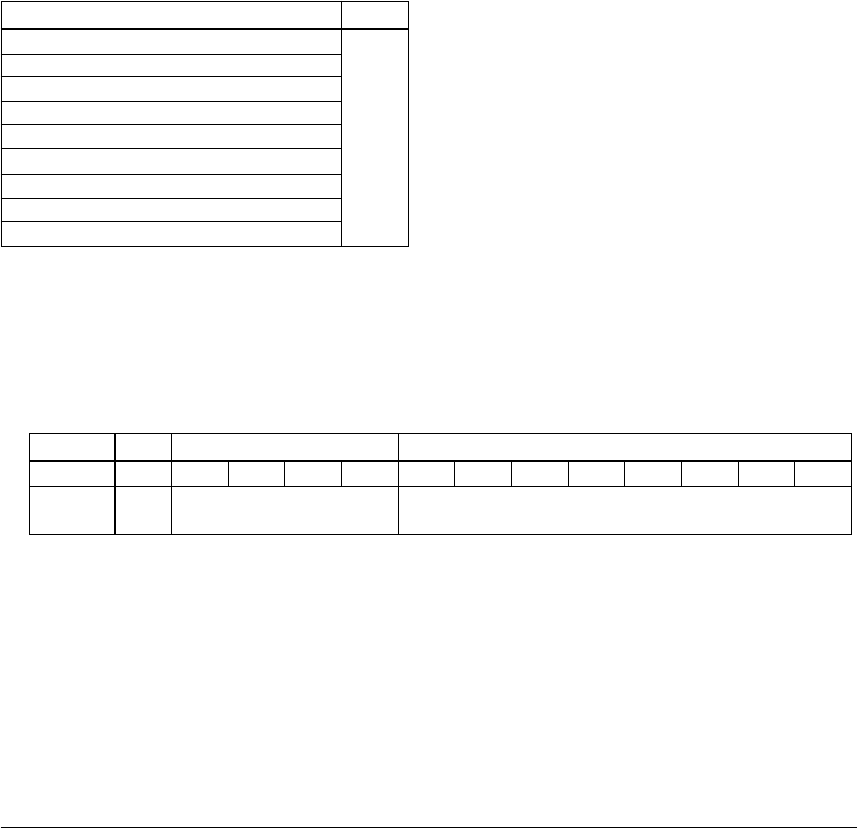
CROSS ASSEMBLER ASM62XX
III-10 EPSON S1C62 FAMILY
DEVELOPMENT TOOL REFERENCE MANUAL
■ Relational operators
A logical operator compares two terms; if the relationship between the terms is as the operator
specifies, 1FFFH (true) is returned; if not, 0 (false) is returned.
a_EQ_b True when a is equal to b
a_NE_b True when a is not equal to b
a_LT_b True when a is less than b
a_LE_b True when a is less than or equal to b
a_GT_b True when a is greater than b
a_GE_b True when a is greater than or equal to b
Be sure to insert one or more blanks for symbol "_" between terms. All operators must be entered in
uppercase letters.
An expression can contain one or more operators and pairs of parenthesis. In this case, operators are
basically evaluated from left to right. However, an operation stipulated by an operator with higher priority
or by parentheses is executed earlier. Every left parenthesis must have a corresponding right parenthesis.
The following table shows the priority of operators.
Operator Priority
) Low
OR, XOR :
AND
EQ, NE, LT, LE, GT, GE
+ (addition), - (subtraction)
*, /, MOD, SHL, SHR
(
HIGH, LOW, NOT :
- (monadic negative), + (monadic positive) High
Examples: Operational expressions (ABC = 1, BCD = 3)
LD A,BCD*(ABC+1) ;A-register <- 6
LD A,ABC LT BCD ;A-register <- 0FH (1111B)
OR B,ABC SHL BCD ;Set bit 3 in B-register
;(=OR B,1000B)
AND B,ABC SHL BCD XOR 0FH
;Reset bit 3 in B-register
;(=AND B,0111B)
4.4.4 Location counter
The start address of each instruction code is set in the location counter when a statement is assembled. A
label or $ can be used when referencing the location counter value in a program.
■ Location counter
The location counter consists of 13 bits: one bit for the bank field, four bits for the page counter field,
and eight bits for the step counter field.
Bank Page counter Step counter
Bit 1211109876543210
Contents Bank Page address Step address
BNK PCP PCS
Example: Location counter
(BNK) (PCP) (PCS)
0 1 02 JP $+3
The location counter indicates the start address of the JP instruction, and the PCS value (02) is assigned to $.
Consequently, the statement is assembled as "JP 5", and the program sequence jumps to the location three
steps before (PCS=05) when it is executed.


















